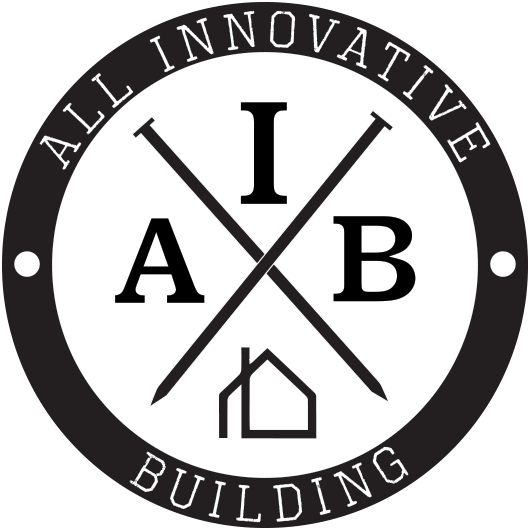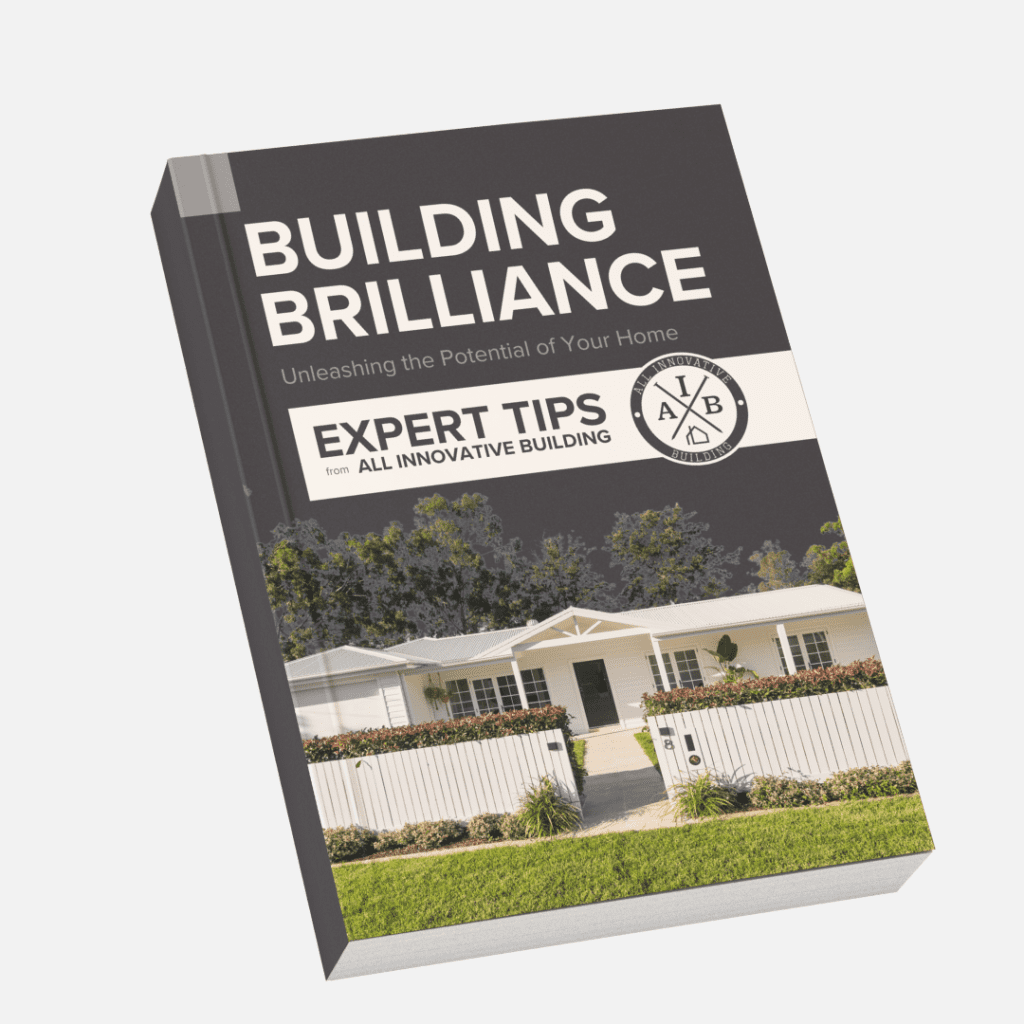
05 Dec 7 Quick Tips for Building on a Budget
Building a new home or renovating an old one can quickly become an emotional experience – this can lead to budgetary decisions being made with the heart, rather than the head and every good intention of keeping a careful eye on the balance sheet can fly out the window.
For many Australians, a combination of historically-low interest rates, a fascination with the property market and prime time television renovation shows revealing lavishly-staged builds, set many people dreaming of their own exciting build or renovation project.
While the temptation to overspend will probably always be there you can easily keep your budget in check by following our simple tips to building on a budget.
1. Set your budget before starting the project
It seems a simple one, but many prospective builders of new homes don’t properly work out their budgets before beginning a project. Instead, they are ballpark estimates and rely on rough numbers.
Prior to work starting, you should a have a good understanding of what you can afford and take into consideration some hidden costs such as stamp duty, legal and conveyancing costs, loan insurance and similar.
These items will add thousands to the overall cost of the project. There’s nothing worse than starting a project that you can’t finish because you’ve run out of funds due to poor planning.
2. Have a contingency reserve
Set aside at least a 10 per cent contingency fund in your budget for unforeseen costs and events.
Whether it’s a change of materials because something is out of stock or discontinued, or if working within the bones of an old house, it’s not unusual to get an unwelcome surprise or two along the way that wasn’t budgeted for.
Even a relatively small contingency fund can help scrape you over the line or get you out of a sticky situation.
3. Take advantage of Government incentives where possible
Typically, it will cost more to renovate, extend or knockdown/rebuild than building from scratch (not factoring in land purchases).
In New South Wales, first time home buyers don’t pay any stamp duty on properties up to a maximum value of $650,000.
For others, the rates will vary depending on the value of the purchase. There are many stamp duty calculators online where you can punch in the numbers to find out how much stamp duty will cost.
Using that same $650,000 purchase price as an example, for somebody that’s not a first home owner, total stamp duty costs and associated charges would be almost $25,000.
In comparison, if that same buyer were to purchase a vacant block of land for $450,000 and then build on it, they’d be up for around $16,000 in stamp duty. Stamp duty isn’t applied to the cost of the build, so the potential is there to save tens of thousands depending on the price of the property.
4. Check if you qualify for concessions
As mentioned earlier, first homeowners in New Sales Wales are exempt from paying stamp duty on properties up to $650,000. A reduced stamp duty calculation rate also applies for properties over the value of $650.000 but less than $800,000. Some conditions apply. With a lot of potential cost savings available, it’s wise to be properly informed.
5. Consider the design
In general, a simpler design comprising of rectangular or square shaped rooms will be more affordable to build.
Trades are more accustomed to working within these parameters and the build will progress faster and more efficiently. A greater number of building components (trusses, structural beams, window frames, doors and so forth) are also available ‘off the shelf’ and will be more affordable. Any features or designs that are bespoke or require a higher level of customisation have the potential to break the budget because of the extra labour time required and because the materials will often be more expensive.
6. Control the urge to splurge
Fittings and fixtures are areas that can drain the budget fast, particularly if the home owner is seeking a certain look or wants to use certain brands.
While we’re not advocates of using cheap products, there are certainly some excellent quality mid-tier products available in the market, items such as sinks and tap ware, door hardware, electrical switches and similar. In many cases you can specify a good quality yet affordable product that has a similar look and design to the high-end pieces and save plenty of cash in doing so.
7. Stick to the plan
This is the big one. Once building has begun, the fewer deviations you take from the original design the better. Once plans are changed, depending on the nature of these adjustments, this could require a return visit to council to have the plans amended which will add to the costs and also delay the project. If building has commenced, a decision to make major changes such as the placement of services or major structural changes can be costly – so it’s critical to not make changes just for the sake of it. If the buyer does want to make alterations, they need to be aware that these will likely come at a cost. If the build is quite progressed, any changes could be considerably expensive.
Good communication and liaison with your builder prior to starting the project will assist in keeping the build within the budget. For further information about building within your budget, please give our team a call. Contact us here.



Sorry, the comment form is closed at this time.